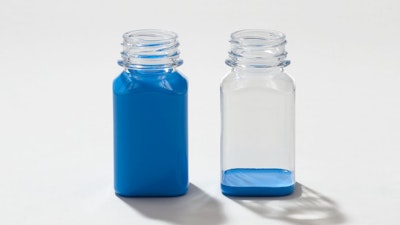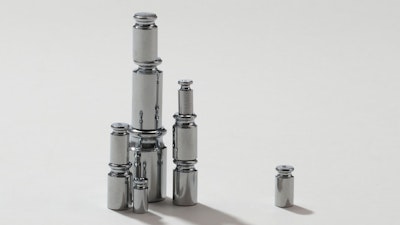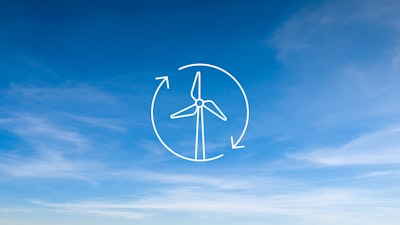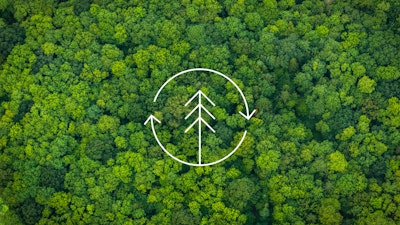Designing out waste: Our progress
Design solves problems. Across our brands, we leverage design to reduce waste from our processes and product lifecycles. And we’re finding new ways to design out waste every year.
40%
We reduced our use of single-use plastic packaging by 40 percent by mid-2023.
100%
We’re working to reduce our use of single-use plastics by 100 percent, by 2030.
Recycling starts with disassembly
The latest products from across our brands demonstrate our commitment to cradle-to-cradle design. This includes the Ever Sofa by NaughtOne: the brand’s first upholstered product made to be easily disassembled and recycled at end-of-life.
Next level, next Life
Knoll’s Life Chair reflects the brand’s commitment to sustainable design. Life is made with recyclable material, easily replaceable components, and a high volume of recycled content. This makes it easy to replace components as needed, versus replacing the entire chair.
Less waste, safer facilities
Designing out waste goes further than just a sustainable product. It also means diverting hazardous waste to create safer facilities.

96%
By 2017, Geiger reduced its annual volatile organic compound generation to just 6.5 tons—a 96 percent reduction since the brand’s creation.

98%
Formerly, Geiger produced over 300 drums of hazardous waste. By 2017, their output was less than 11 drums—a 98 percent reduction.
Our 2030 sustainability goals
Sustainable design leads to more inspiring products, as well as a culture of people committed to doing things right. Our goals for 2030 continue our collective’s tradition of designing for a world we all want to live in.

Reduce carbon footprint
We aim to reduce carbon emissions from our products and operations by 50 percent, building off our 7,000-ton carbon reduction by mid-2023.

Source better materials
Materials comprise over 50 percent of the carbon footprint of our products. We want to source them better.